Ancient Cameroon Statue | Ancient statues
Original price was: 15000 $.14500 $Current price is: 14500 $.
Ancient Cameroon Statue
Description
Ancient Cameroon Statue for sale online
Cameroon is home to a rich tradition of ancient statues, particularly from various ethnic groups such as the Bamileke, Bamun, and Tikar. These statues often served significant cultural and spiritual roles, including ancestral figures and royal portraits.
For example, the Bamileke are known for their multicolored beaded statues, which symbolize prosperity and wealth. The Mambila people, from the northwestern region of Cameroon, have also produced numerous ancestral statues and masks with pronounced animal features
Ancient Cameroon Statue: A Glimpse into History
Ancient Cameroon statues offer a fascinating window into the rich cultural heritage of the region. Crafted by ethnic groups like the Bamileke, Bamun, and Tikar, these statues are more than just art; they are symbols of ancestral worship, royal power, and spiritual beliefs. Made from materials such as wood, metal, and beads, each statue tells a unique story of the people who created them. Preserved in museums and collections worldwide, these artifacts continue to captivate and educate, highlighting the intricate craftsmanship and deep cultural significance of Cameroon’s artistic legacy
Major Ethnic Groups and Their Statues
Cameroon is home to several ethnic groups, each with its unique artistic traditions and styles of statues. Here are some of the major groups and their notable statues:
Bamileke Statues
The Bamileke people are renowned for their intricate beaded statues, often used in royal ceremonies. These statues typically represent chiefs and other important figures, symbolizing power and status.
Bamun Statues
The Bamun, also known as Bamum, are famous for their wooden sculptures adorned with beads. These statues often depict historical and royal figures, reflecting the kingdom’s rich history and cultural heritage
Tikar Statues
The Tikar people are known for their bronze and beadwork sculptures. Their statues often feature elaborate designs and are used in various cultural and spiritual contexts
These statues not only serve as artistic expressions but also as important cultural artifacts that provide insight into the history and traditions of these ethnic groups
Materials and Craftsmanship
Ancient Cameroon statues are crafted from a variety of materials, each chosen for its symbolic and practical qualities. Wood is the most common, valued for its availability and ease of carving. Metal, particularly bronze, is used for its durability and prestige. Beadwork, often in vibrant colors, adorns many statues, adding intricate detail and cultural significance. The craftsmanship involves traditional techniques passed down through generations, ensuring each piece is unique and deeply rooted in cultural practices. These materials and methods highlight the artisans’ skill and the rich heritage of Cameroonian art.
Preservation and Display
Ancient Cameroon statues are preserved in both local and international museums, showcasing their cultural significance. Efforts include climate-controlled environments to prevent deterioration and specialized conservation techniques to maintain their integrity. Notable museums in Cameroon, such as the National Museum in Yaoundé, house these artifacts, while international exhibitions bring global attention to their artistry. These preservation efforts ensure that the rich heritage and craftsmanship of Cameroonian statues continue to be appreciated and studied worldwide
The Legacy of Ancient Cameroon Statues
Ancient Cameroon statues embody the rich cultural heritage and artistic mastery of the region. Preserved in museums worldwide, they continue to educate and inspire, highlighting the deep spiritual and historical significance of Cameroon’s diverse ethnic groups. These artifacts remain a testament to the enduring legacy of Cameroonian art
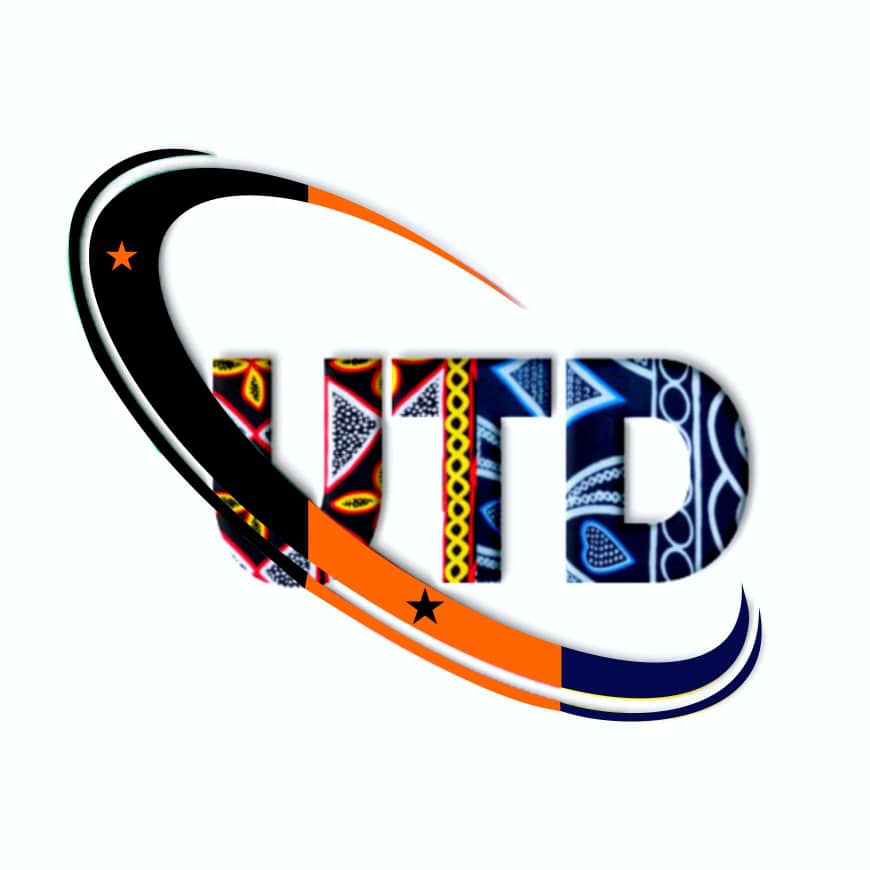
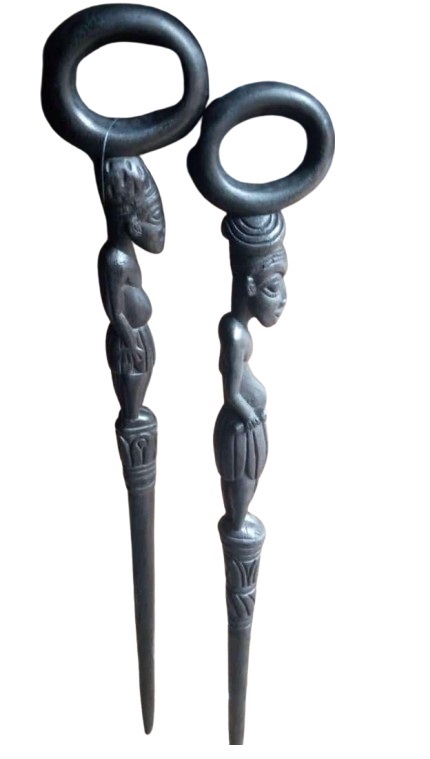
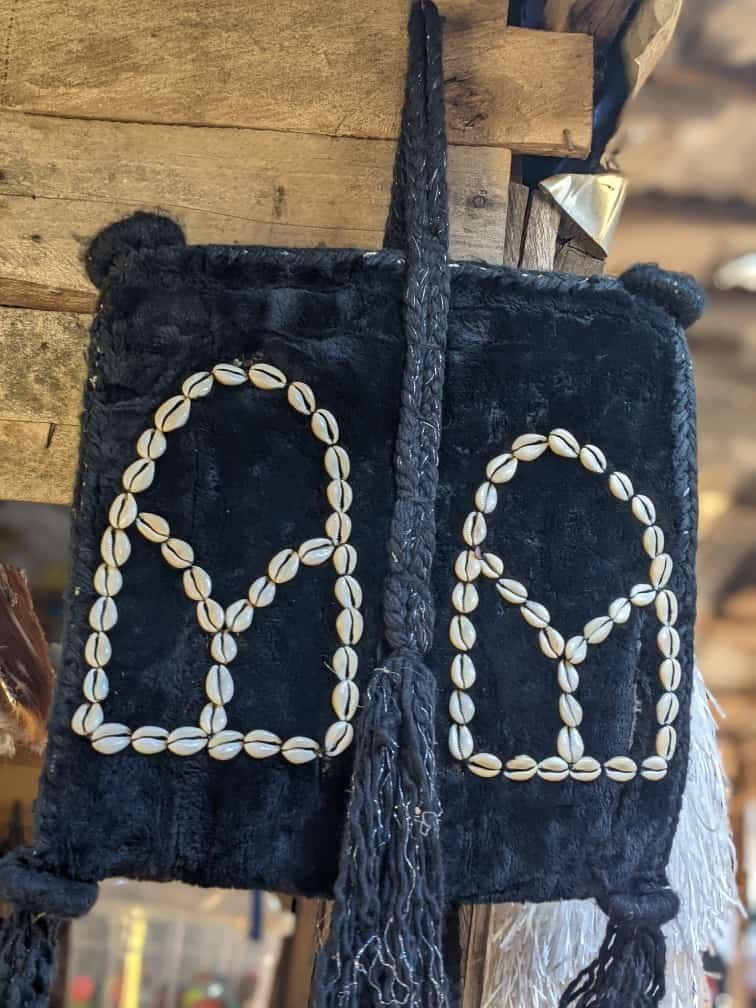
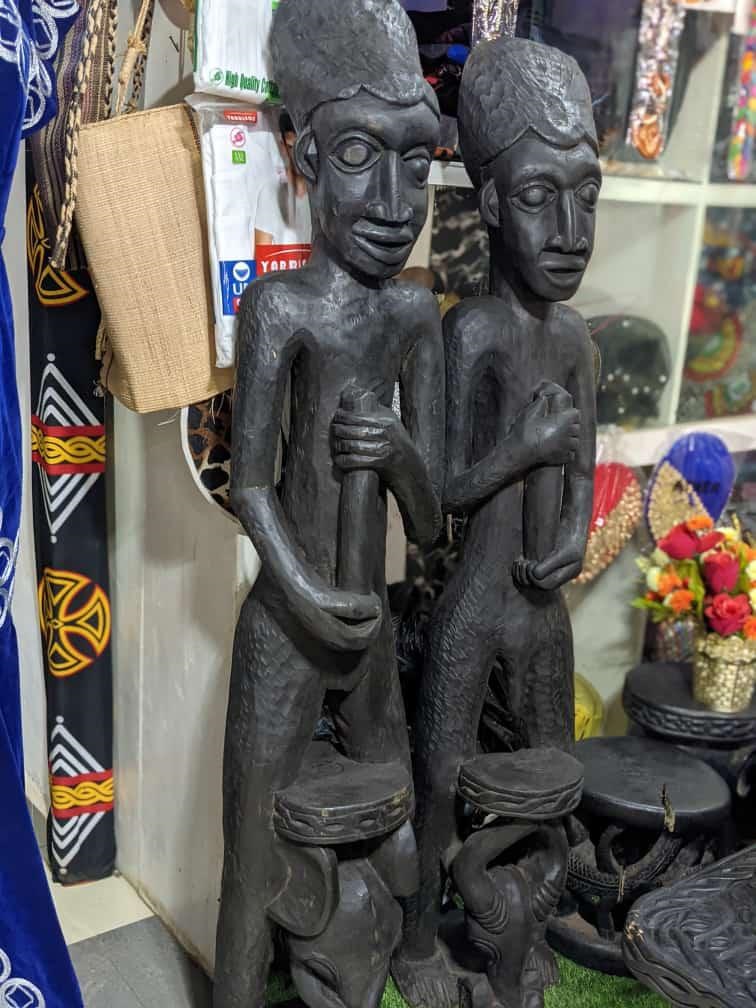
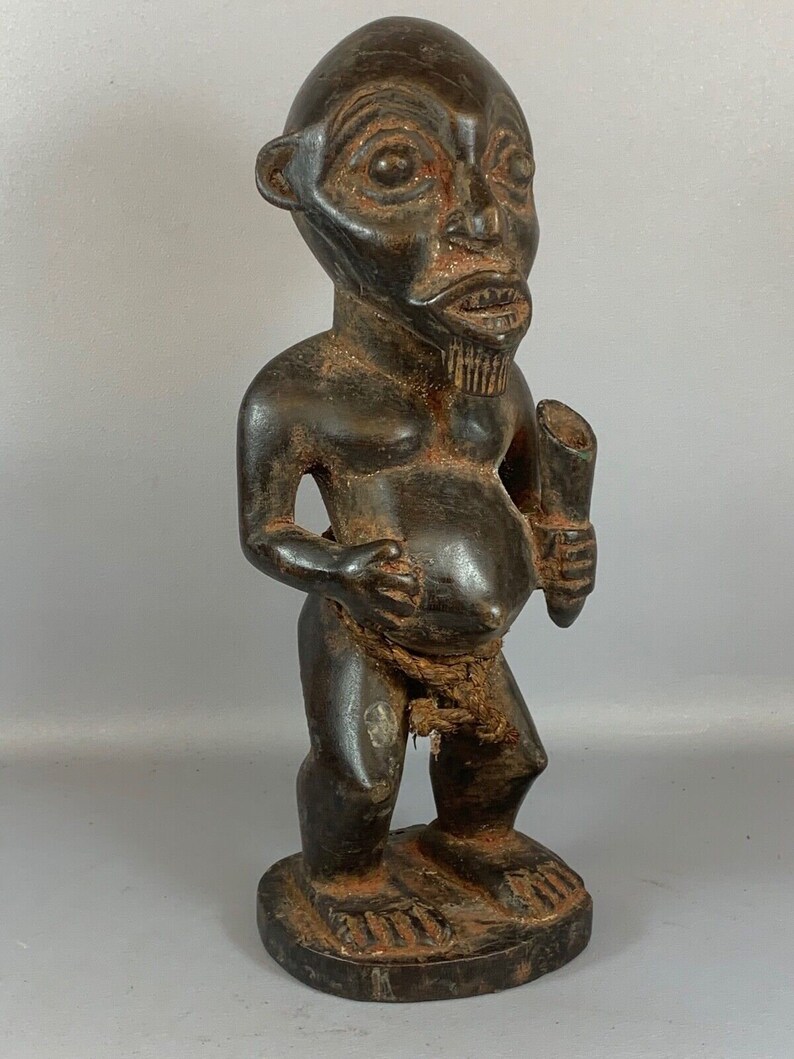
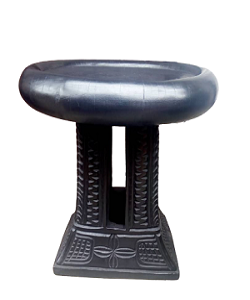
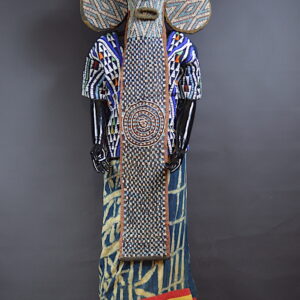
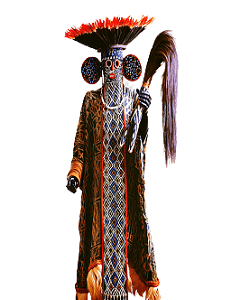
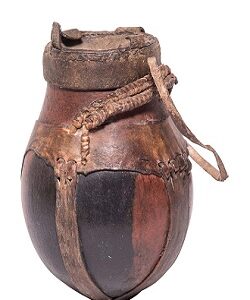
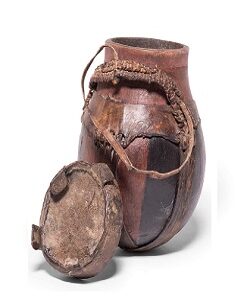
Reviews
There are no reviews yet.